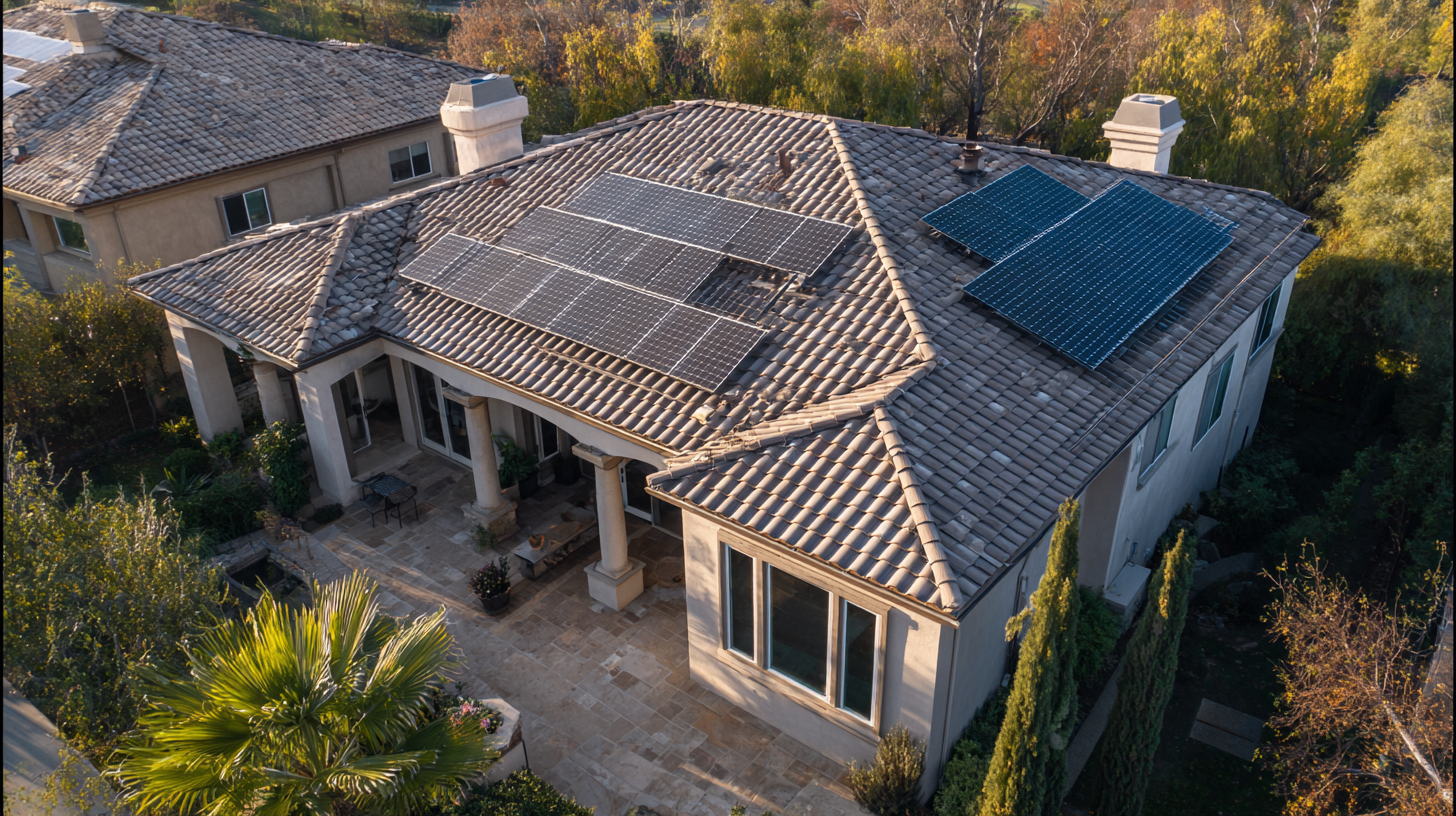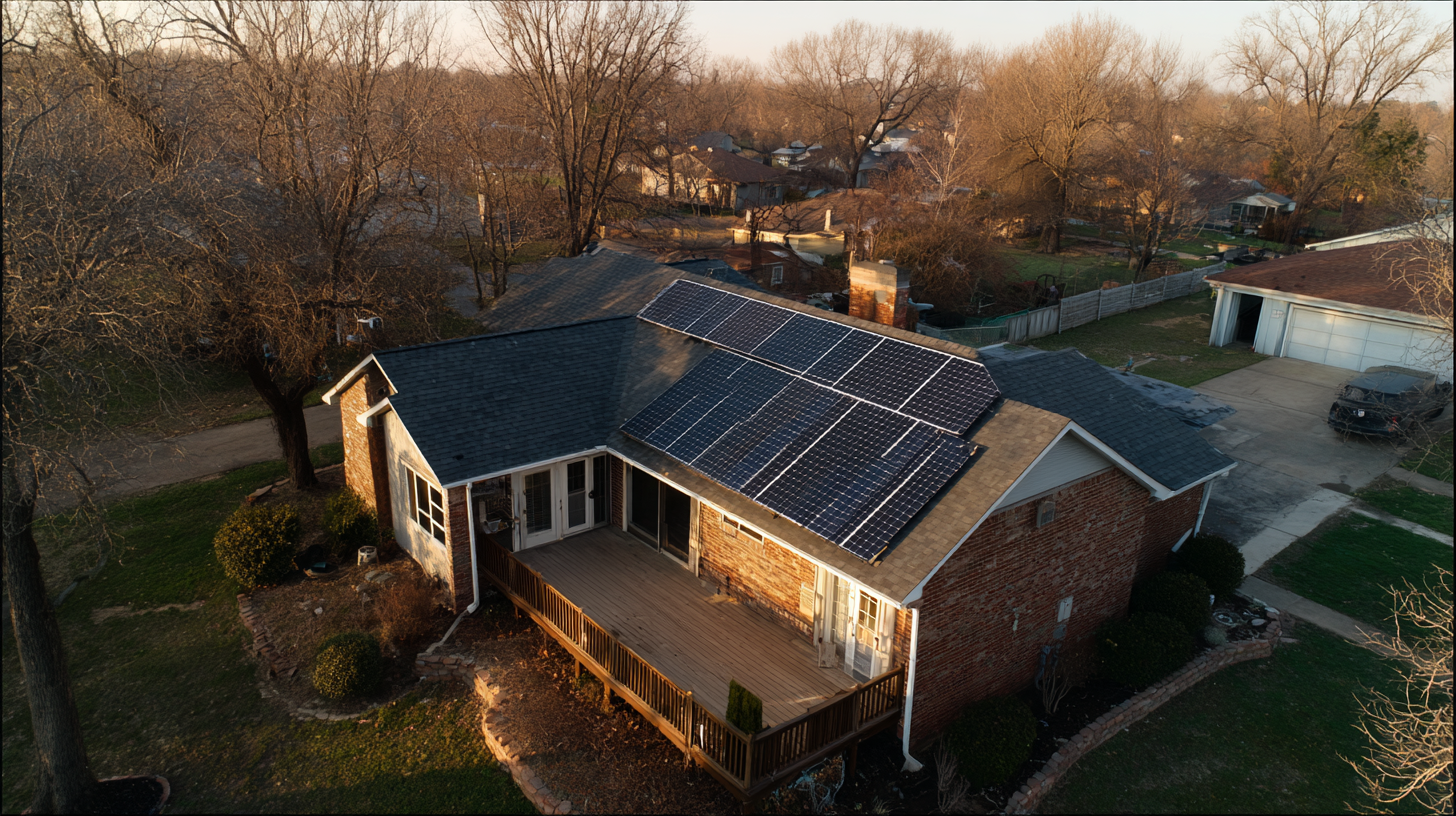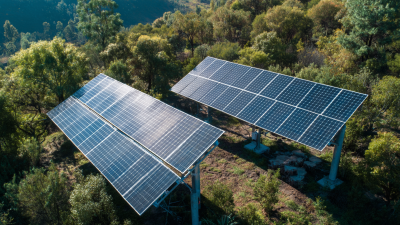ALL PRODUCTS
- Solar Panel
- Hybrid Inverter
- Lithium Battery
GSB SOLAR LITHIUM BATTERIES
- Gel Battery
- Solar Street Lights
- Pump Inverter
 In an era where energy costs are on the rise and climate change concerns loom large, homeowners are increasingly seeking
practical solutions to reduce their dependence on traditional energy sources.
One of the most effective ways to achieve significant savings and promote sustainability is through the
adoption of solar packages. These comprehensive systems
not only harness the sun's abundant energy but can also lead to remarkable cost reductions of up to
70 percent on energy bills. This exploration delves into the various types of solar
packages available, their long-term financial benefits, and how they empower homeowners to take control of their energy consumption.
By integrating renewable energy solutions, individuals not only save money but also
contribute to a greener planet, making solar packages an appealing choice for those
looking to unlock the full potential of solar energy.
In an era where energy costs are on the rise and climate change concerns loom large, homeowners are increasingly seeking
practical solutions to reduce their dependence on traditional energy sources.
One of the most effective ways to achieve significant savings and promote sustainability is through the
adoption of solar packages. These comprehensive systems
not only harness the sun's abundant energy but can also lead to remarkable cost reductions of up to
70 percent on energy bills. This exploration delves into the various types of solar
packages available, their long-term financial benefits, and how they empower homeowners to take control of their energy consumption.
By integrating renewable energy solutions, individuals not only save money but also
contribute to a greener planet, making solar packages an appealing choice for those
looking to unlock the full potential of solar energy.
Solar packages are revolutionizing how homeowners manage energy costs, offering an efficient solution to cut expenses by up to 70 percent. Understanding the essential components of these packages is vital for leveraging their benefits. Key components typically include solar panels, inverters, battery storage, and monitoring systems, each playing a crucial role in optimizing energy production and consumption. Recent studies, such as one from Stanford University, confirm that households investing in solar technology can significantly lower their energy bills while also contributing to a greener planet.
Moreover, the advancement of solar technology has seen remarkable innovations, like ultra-thin flexible solar panels that can be seamlessly integrated into various surfaces. Predictions for the solar energy landscape in 2025 highlight not only the expected growth in installed solar capacity but also the economic benefits, such as job creation and energy independence.
With an exponential increase in solar installations over the past years, insights into photovoltaic developments underscore the efficiency of solar systems, representing a compelling opportunity for homeowners to embrace sustainable energy.
Evaluating your home's solar potential is the first step to unlocking significant energy savings through solar packages. Homeowners should start by assessing the amount of sunlight their roofs receive throughout the year. Tools like solar pathfinders or smartphone apps can help estimate solar exposure, enabling you to determine the best placement for solar panels. Additionally, considering the tilt and orientation of your roof can maximize energy capture, making it essential to take these factors into account before installation.
**Tip:** Investigate local solar incentives and rebates that may be available in your area. These can significantly reduce upfront costs and enhance the overall return on investment for your solar installation.
Another essential technique is to evaluate your current energy consumption patterns. Homeowners should review their energy bills to identify usage peaks and analyze which appliances consume the most energy. This information can guide decisions on appropriate system sizes and configurations. Opting for energy-efficient appliances and incorporating smart home technologies can also complement solar energy and further decrease energy costs.
**Tip:** Consider conducting a home energy audit. This assessment can identify areas where you can improve efficiency, helping to maximize the benefits of your solar system by reducing overall energy demand.

As homeowners increasingly seek ways to reduce energy expenses, solar energy has emerged as a compelling solution. Industry statistics reveal that investing in solar packages can lead to savings of up to 70 percent on energy costs. This remarkable reduction allows homeowners not only to enjoy lower monthly utility bills but also to contribute to a sustainable energy future.
Calculating the return on investment (ROI) for solar energy installations is crucial for understanding the long-term benefits. Studies show that, on average, solar systems pay for themselves within five to seven years, depending on local energy prices and available incentives. Furthermore, many regions offer tax credits and rebates that significantly enhance the financial attractiveness of solar investments. As energy prices continue to rise, the appeal of solar packages as a viable option for cost-saving becomes even clearer, making it an intelligent choice for homeowners looking for financial relief and energy independence.

Choosing the right solar package for your home is vital for maximizing energy savings and ensuring efficiency. Different households have unique energy needs, so customization options allow you to tailor your solar system accordingly. Homeowners should consider factors such as the size of their home, average energy consumption, and the climate in their area when selecting a package. Opting for a system that aligns with your specific needs can enhance the effectiveness of solar energy and reduce reliance on traditional power sources.
**Tips for Customization:**
1. Evaluate your energy usage: Review past utility bills to understand your household's energy consumption patterns. This knowledge will help you choose a package that meets your exact needs.
2. Consider future needs: If you plan to expand your family or add electric vehicles, select a solar package that can accommodate increased energy demands.
3. Explore add-on features: Many solar packages offer additional components like battery storage or smart home integration. These features can further optimize energy savings and provide backup power during outages.
Ultimately, the right solar package not only slashes energy costs significantly but also empowers homeowners to make informed decisions tailored to their lifestyle and energy requirements.
| Solar Package Type | System Size (kW) | Average Cost ($) | Estimated Savings (%) | Best for Household Size |
|---|---|---|---|---|
| Standard Residential Package | 5 | $15,000 | 30 | Up to 4 people |
| High Efficiency Package | 6 | $18,000 | 40 | 4 to 6 people |
| Off-Grid Package | 10 | $30,000 | 50 | Large family or remote areas |
| Budget-Friendly Package | 4 | $12,000 | 25 | 1 to 3 people |
| Luxury Package | 8 | $24,000 | 60 | 6+ people |
When considering a solar installation, homeowners have access to various financing options that can significantly reduce upfront costs. Many states and local governments offer incentives and rebates that lower the initial investment for solar panels. These programs can vary widely, so it’s essential to research what is available in your area. For instance, federal tax credits often cover a percentage of the installation cost, making solar even more accessible. Understanding these financial options is crucial to maximizing savings and can pave the way for a more sustainable energy solution.
In addition to one-time incentives, long-term financial benefits should not be overlooked. Homeowners may see their energy bills decrease by as much as 70% after installing solar systems. This reduction in energy costs can lead to substantial savings over time, ultimately resulting in a quicker return on investment. Considering the rising cost of electricity, investing in solar power not only provides immediate relief from high energy bills but also ensures long-lasting financial security. Thus, navigating the many available incentives and financing options is key to unlocking the full potential of solar packages and achieving energy independence.






